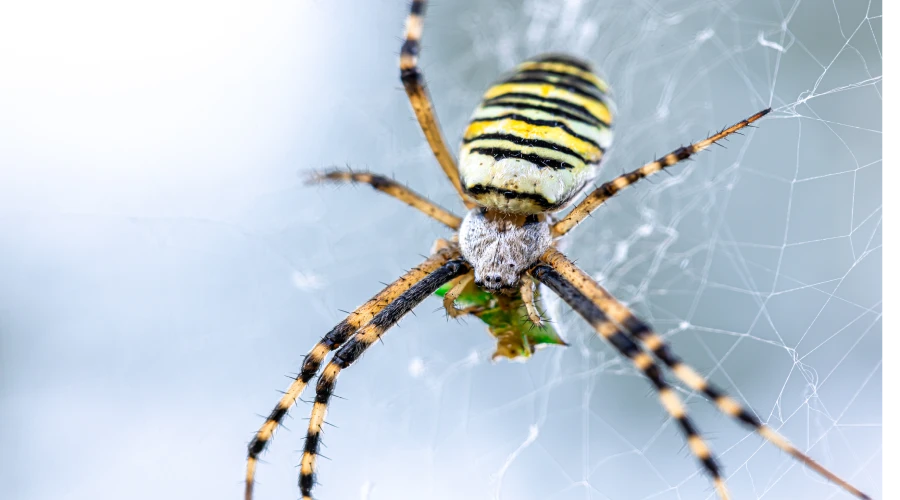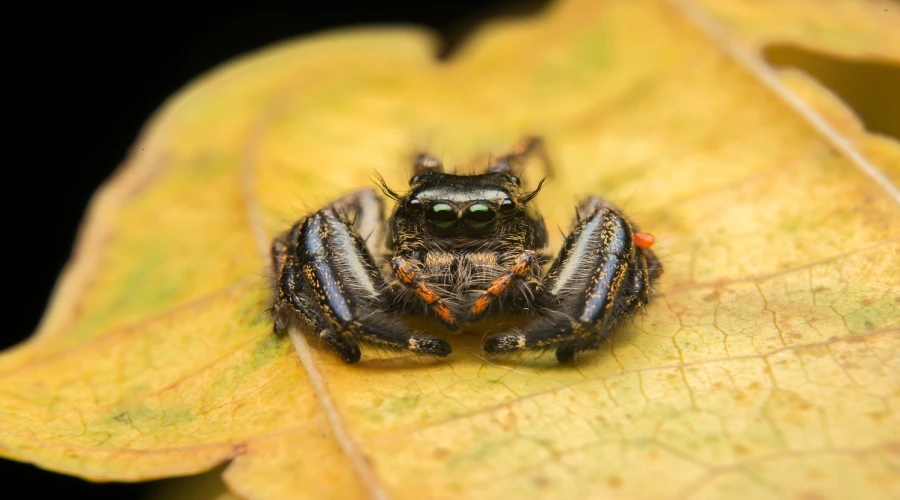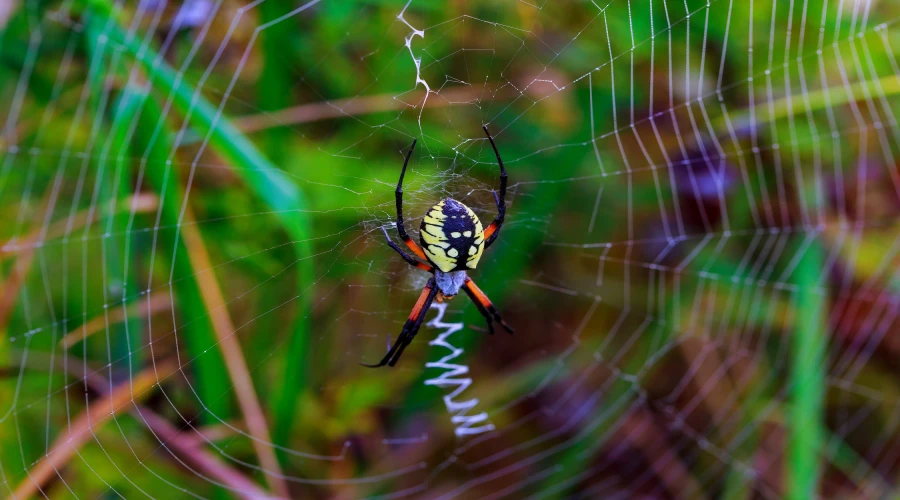
Your house can be an attractive home for spiders. They may spin a web in the corners of your ceiling because your house is warm and dry. Others may migrate to moist, dark basements and crawlspaces. Spiders have a well-established but largely undeserved reputation as being dangerous to the health of people and their pets (black widows and brown recluses, for example) are unlikely to bite you unless you get too close and threaten them. In truth, spiders are extremely beneficial because they prey on many insects for which you take Pest Control Services that we consider to be true pests in our homes and gardens. While they don’t typically come into your home, there are a few that enjoy the warmth and will make a life inside.
Common Types Of House Spiders
Despite this, many people don’t want spiders in their homes. Here put together this guide to help you learn what type of house spiders you can expect to see in your home, which ones you should stay away from, and how to deal with them. We have outlined 5 spiders that you will commonly find in your home and what they look like.
American House Spider
These spiders are small and grey, often tinier than a nickel. The American House spider is a comb-footed spider, which means that it has long, skinny legs with comb-like hairs. They are light brown in color and have dirty white spots on their abdomen. The males are typically darker in color and smaller than the females. They don’t like to be seen, so you might not notice them at first. Check for them in tight, dark corners, inside closets and cabinets, and along the windows. They generally feed on pests like flies, mosquitoes, ants, and wasps.
Wolf Spider
Wolf spiders are brown or gray, hairy creatures that grow half an inch to 2 inches, and prefer to hang out around windows, doorways, basements, garages, and attics. They are quite quick and are often found close to the ground under rocks. Wolf spiders don’t build webs and instead prefer to burrow into the ground. Wolf spiders go where the insects are. They are hunting spiders (and if you don’t mind spiders, keeping them around can help get rid of annoying flies and other pests around the house). Like many other spiders, these spiders prefer to stay in small dark spaces. and for pests, you can take Pest Controls Services in Los Angeles.

Daddy-Long-Legs Spiders
Daddy long-legs and cellar spiders belong to the same family of spiders: the Phocidae. The term Daddy Longlegs is used to refer to two different animals: Opiliones arachnids or harvestmen, and Phocidae, or cellar spiders. Daddy longlegs has eight long, skinny legs that extend off a tiny, round body no bigger than a pea. For the most part, these spiders like to stay outside, but they can sometimes venture inside and make a webbed home in your garage. Daddy's long legs are very commonly found in basements, garages, sheds, etc. anything dark, damp, cool, and with a cave-like resemblance. As a result of living in the dark, their webs are messy and disorderly, showing little to no pattern at all.
Black widow
Black widows have a shiny black color and are known for their red hourglass-shaped marking on the underside of the abdomen, says Potzler. . Even so, like other spiders, black widows want to avoid contact with humans and will bite only if directly threatened. If bitten, seek medical attention immediately, as a black widow’s bites can be dangerous. Their slender legs extend in an inward curve, mirroring the shape and size of their abdomen, so often they appear to have an hourglass shape. Crawl spaces, mailboxes, and garages are just a few of the places black widows can be found.
Jumping Spiders
Like wolf spiders, there are over 300 species of jumping spiders, so depending on where you live, they’ll look a little different. umping spiders are compact, medium-sized spiders that get their name from their habit of jumping onto their prey, often leaping up to 25 times their own body length. One of their most defining features is their large eyes and unlike other spiders. These spiders don’t have webs, and they’re also more active during the day. You can find them just about anywhere in your house, but they tend to stick to the walls or windows. Jumping spiders are outdoor dwellers that mistakenly enter homes at times, but they are not a danger to humans.

Brown Recluse
Brown recluse spiders' size ranges between a quarter of an inch to three-quarters of an inch, legs not included. Behind the brown recluse spider’s three pairs of eyes is a violin-shaped marking. Growing up to half an inch in length, this type of spider is found most often in properties near the Mississippi River Valley. These spiders are even more dangerous than black windows. A bite can lead to symptoms such as fever, chills, serious pain, chills, nausea, etc. The venom can be life-threatening, so make sure you get medical help as soon as possible. They may be scary, but they are usually harmless unless threatened.
